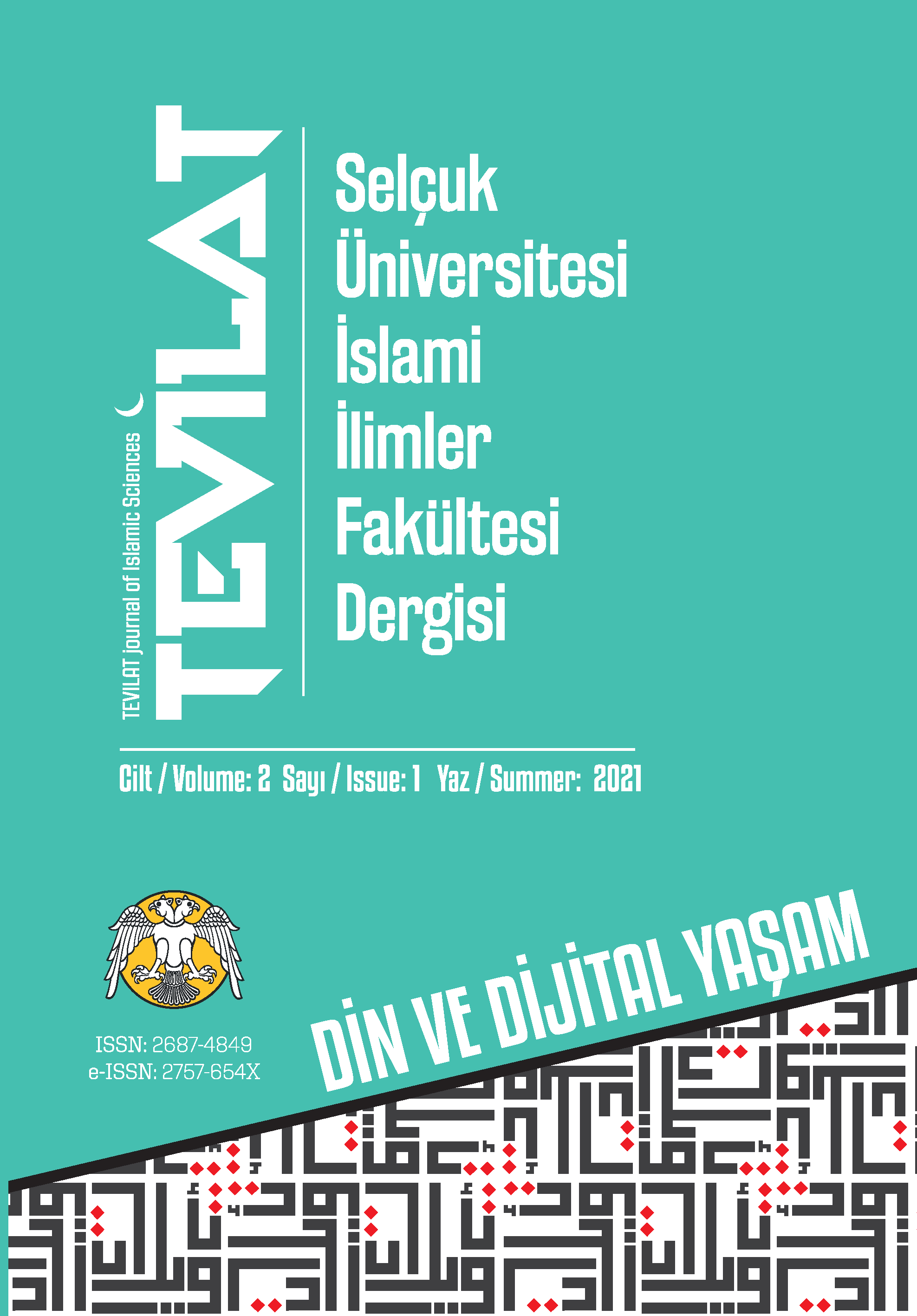On the Nature of ‘Ilahiyat’ as a Higher Religious Education Institution in the course of Transition to Modernity
On the Nature of ‘Ilahiyat’ as a Higher Religious Education Institution in the course of Transition to Modernity
There was a conscious effort of the Muslim community, which started from the very early days, to transfer the knowledge of the Islamic religion to the next generations. In a short time, there emerged source texts, methods for their interpretation and disciplines that interpret them. The education and training of the basic disciplines that constitute the content of the religion of Islam were carried out by an advanced madrasah institution for many centuries. Those who run those institutions and transfer the Islamic values into life was ulama. The ulama also undertook a crucial position in the social structure between the government and the people. In a world where modernity has been increasingly dominant, the role of religion has changed, and the ulama responsible for learning, teaching and applying it is no longer visible in the social structure. Parallel to the social change in the process of modernity, religious education and training and institutions have been shaped according to the new situation and were contended with different purposes from earlier times. During this period, the content of ‘Ilahiyat’ as a higher religious education institution has been determined according to this last situation.
Keywords:
Basic Islamic Sciences, Ilahiyat, Madrasah Ulama, Modernity,
- ISSN: 2757-654X
- Yayın Aralığı: Yılda 2 Sayı
- Başlangıç: 2020
Sayıdaki Diğer Makaleler
Soner Duman, Günümüz Fıkıh Problemleri
Mehmet PAÇACI, Çevirmen: Mehmet PAÇACI
Değişen Birey Anlayışı Karşısında Müslüman Birey
Islam, Muslims, and Social Change
Ejder OKUMUŞ, Çevirmen: Ejder OKUMUŞ
An Evaluation of the Relationship Between Islam and Social Change
Talip ÖZDEŞ, Çevirmen: Talip ÖZDEŞ
Yılmaz Arı, Değişim Sürecinde Alevilikte Dini Otorite-Adıyaman Dedeleri Örneği
The Fitrah Line in Change and Innovation
İsmail YALÇIN, Çevirmen: İsmail YALÇIN
Seyyid Kutub'un Tefsire Psikolojik Yaklaşımı: Bakara Sûresi Örneği
